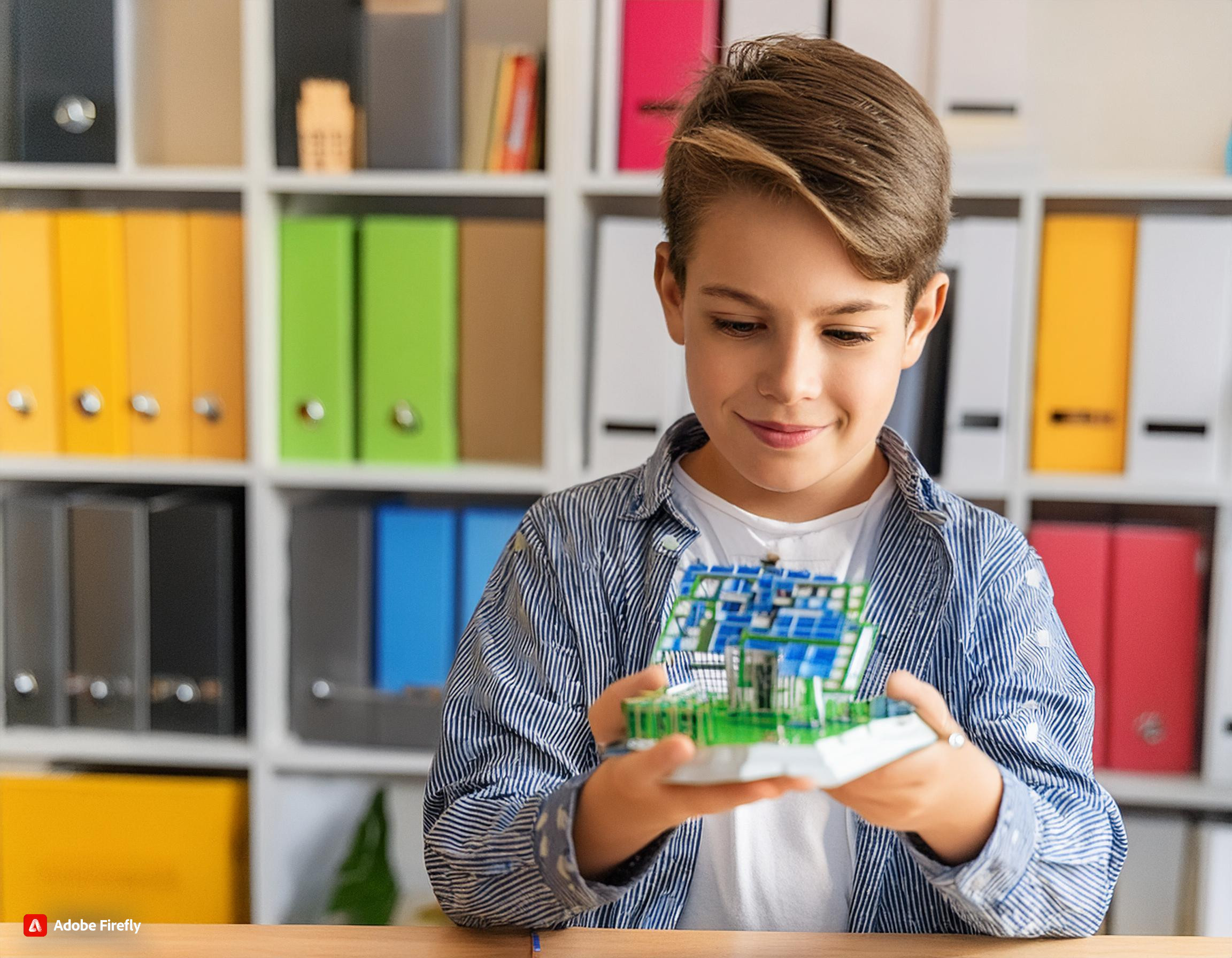Design and children
7 min read
Emphaty and civic responsability
Teaches design at children
Imagine a world where children grow up not just with creative minds, but also with kind hearts. A world where they understand the needs of others and are driven to make a positive impact. Design Thinking is the bridge that connects these two crucial aspects of development.
Discover the Designer's Story
Dive deeper into the world of the featured designer with our premium content.
Seeing the World Through Different Eyes
Design Thinking doesn't ask students to invent solutions in a vacuum. Instead, it emphasizes the importance of empathy for the end user. This means moving beyond assumptions and actively trying to understand different perspectives. It's about seeing the world through another person's eyes.
By encouraging children to step into the shoes of others, Design Thinking fosters empathy and compassion. They learn to consider the needs, challenges, and experiences of those they are designing for. This newfound understanding motivates them to create solutions that are truly helpful and impactful.

The only true wisdom is in knowing you know nothing.
Socrate
Philosophy
As Socrates reminds us, true knowledge comes from recognizing our limitations and seeking a broader understanding. Design Thinking teaches children this valuable lesson by prioritizing empathy over ego. It encourages them to be curious about the world around them and to learn from the experiences of others.
Design for a better world
Design Thinking empowers children to see themselves as agents of change. They learn that their ideas and creativity have the potential to solve real-world problems and improve the lives of others. This fosters a sense of civic responsibility and inspires them to use their skills for the greater good.
Whether it's designing a more inclusive playground or creating a sustainable waste management system, Design Thinking equips children with the tools to tackle challenges in their communities. They become active participants in shaping a better future for themselves and those around them.
Building Bridges, Not Walls
Design Thinking promotes collaboration and understanding. By working together and considering different perspectives, children learn to find common ground and build bridges instead of walls. This fosters a sense of community and prepares them to be responsible citizens in a diverse and interconnected world.
In conclusion, Design Thinking goes beyond just problem-solving. It equips children with the invaluable skills of empathy, civic responsibility, and collaboration. By nurturing these qualities from a young age, we pave the way for a generation of compassionate and innovative thinkers who can create a more just and equitable world.
Designer Showcase
Explore the creative journey of our featured designer.



Related Content

Foster creative confidence
The design thinking process focuses on generating ideas and experimenting...

Critical thinking
The design thinking process does not require learners to generate ideas from...

Iteration and revision
Learning design at a young age enhances visual literacy, communication skills...
